Premium Only Content
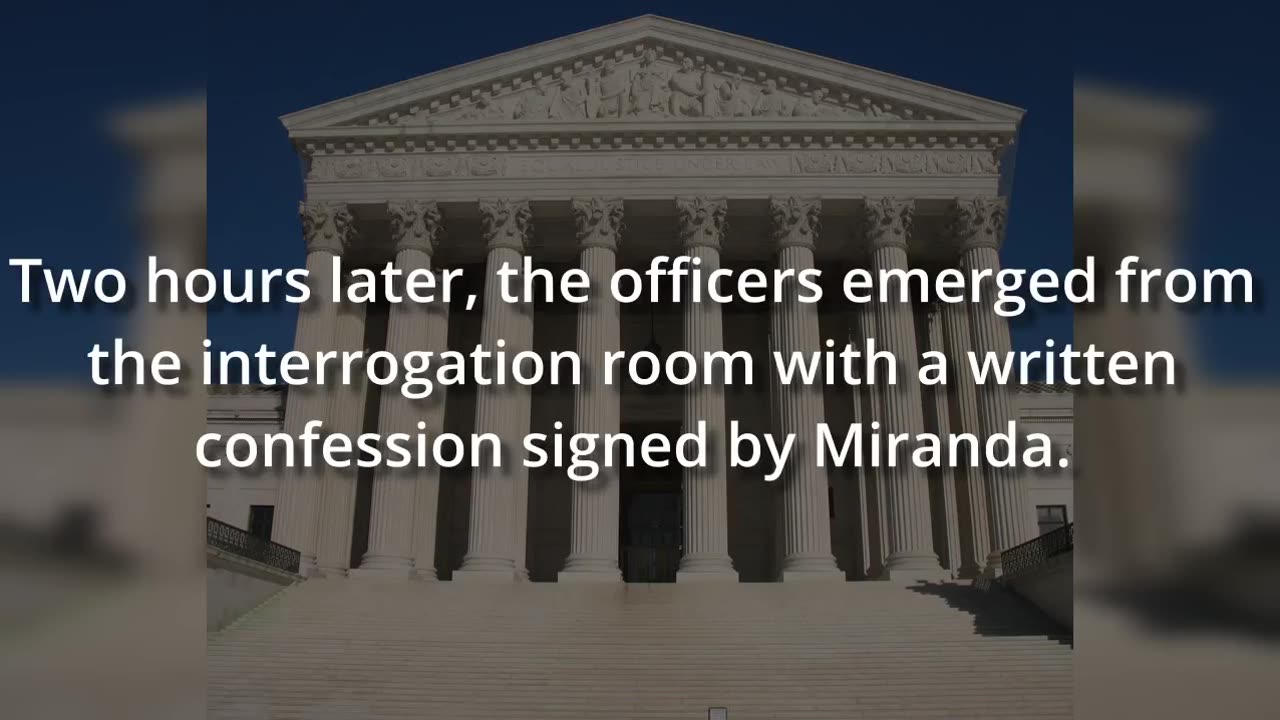
You Have the Right To Remain Silent, and You May Want To Use That Right!
If you’ve ever watched a crime procedural on TV, you’re familiar with the Miranda warning. Where did this warning come from? It’s named after the 1966 Supreme Court case Miranda v. Arizona. Where does this right to remain silent come from, how is it protected, and just how constitutional is the Miranda decision?
Why do I make such a distinction between self-witness and self-incrimination? As I’ve already shown, it starts with the presumption people have when they exercise the right. For example, during the trial in the case of Wisconsin v. Kyle Rittenhouse, Assistant District Attorney Thomas Binger twice commented on Mr. Rittenhouse’s decision to remain silent after the shooting. Both times, he was apparently attempting to instill in the minds of the jury members that Mr. Rittenhouse’s silence was an admonition of guilt. Both times, the judge had the jury removed from the courtroom to scold Mr. Binger. How many times have you seen actors portraying law enforcement officers claim, “If you have nothing to hide, why not talk to me?”
Read the full article... watch and learn from Constitutional Expert Paul Engel; there is always much more to learn back at America Out Loud: https://www.americaoutloud.news/.
-
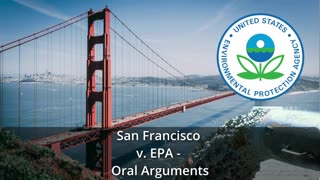 22:03
22:03
America Out Loud
1 month agoSan Francisco sues the EPA – Oral Arguments
2221 -
 5:26:29
5:26:29
Barbarian Mowz
17 hours agoBarbaric Stream!! - Knights of the Old Republic!
101K3 -
 2:51:51
2:51:51
PandaSub2000
17 hours agoLego Star Wars: Skywalker Saga | ULTRA BEST AT GAMES (Original Live Version)
74.3K3 -
 12:40
12:40
Scammer Payback
3 days agoHACKED Scammers Reaction to being Destroyed
53.3K14 -
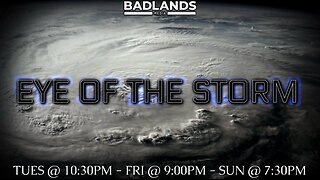 1:31:09
1:31:09
Badlands Media
1 day agoEye of the Storm Ep. 208: Speaker Johnson’s Re-Election and the Vegas Cybertruck Incident Decoded
146K86 -
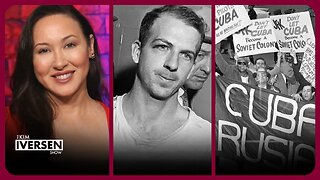 1:36:46
1:36:46
Kim Iversen
18 hours agoLee Harvey Oswald and Cuba: The New Evidence That Changes Everything
164K103 -
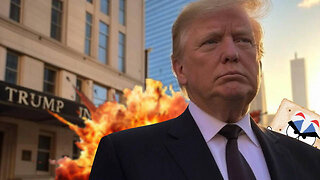 2:19:43
2:19:43
TheSaltyCracker
16 hours agoCybertruck Bomber Manifesto Leaked ReeEEeE Stream 01-03-25
218K391 -
 1:44:12
1:44:12
Roseanne Barr
16 hours ago $21.78 earnedSquid Game? | The Roseanne Barr Podcast #81
116K204 -
 1:13:27
1:13:27
Man in America
20 hours ago🚨 2025 WARNING: Disaster Expert Predicts 'ABSOLUTE CHAOS' for America
85.1K80 -
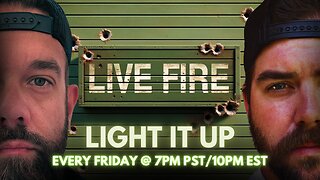 3:43:16
3:43:16
I_Came_With_Fire_Podcast
21 hours agoNew Years TERRORISM, Mexico trying to FAFO, and DARK MONEY to US Think Tanks
38.9K18